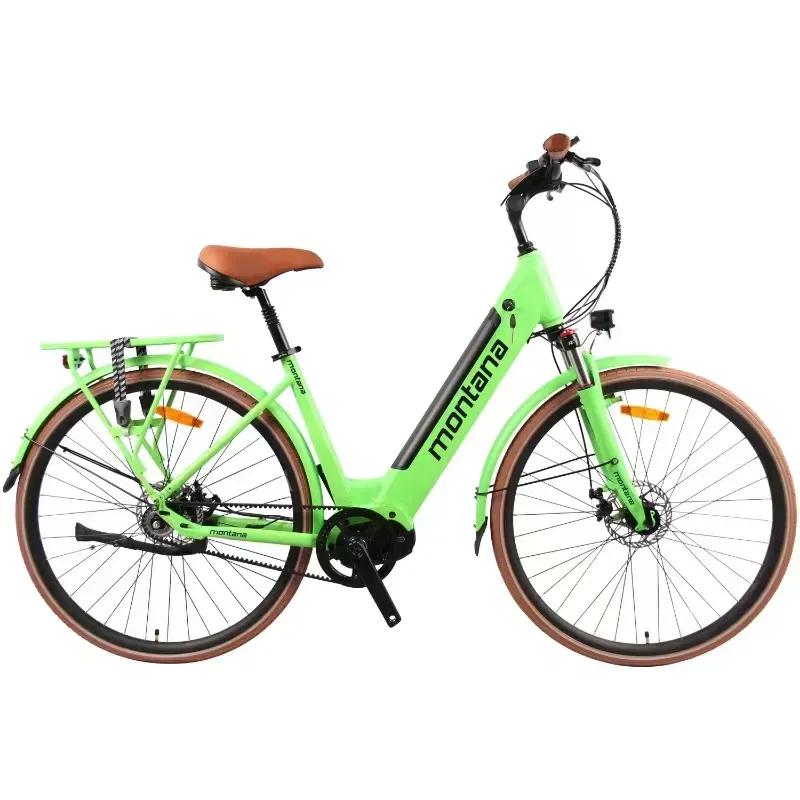
- Afrikaans
- Albanian
- Amharic
- Arabic
- Armenian
- Azerbaijani
- Basque
- Belarusian
- Bengali
- Bosnian
- Bulgarian
- Catalan
- Cebuano
- Corsican
- Croatian
- Czech
- Danish
- Dutch
- English
- Esperanto
- Estonian
- Finnish
- French
- Frisian
- Galician
- Georgian
- German
- Greek
- Gujarati
- Haitian Creole
- hausa
- hawaiian
- Hebrew
- Hindi
- Miao
- Hungarian
- Icelandic
- igbo
- Indonesian
- irish
- Italian
- Japanese
- Javanese
- Kannada
- kazakh
- Khmer
- Rwandese
- Korean
- Kurdish
- Kyrgyz
- Lao
- Latin
- Latvian
- Lithuanian
- Luxembourgish
- Macedonian
- Malgashi
- Malay
- Malayalam
- Maltese
- Maori
- Marathi
- Mongolian
- Myanmar
- Nepali
- Norwegian
- Norwegian
- Occitan
- Pashto
- Persian
- Polish
- Portuguese
- Punjabi
- Romanian
- Russian
- Samoan
- Scottish Gaelic
- Serbian
- Sesotho
- Shona
- Sindhi
- Sinhala
- Slovak
- Slovenian
- Somali
- Spanish
- Sundanese
- Swahili
- Swedish
- Tagalog
- Tajik
- Tamil
- Tatar
- Telugu
- Thai
- Turkish
- Turkmen
- Ukrainian
- Urdu
- Uighur
- Uzbek
- Vietnamese
- Welsh
- Bantu
- Yiddish
- Yoruba
- Zulu
Dec . 14, 2024 10:21 Back to list
9 speed to 12 speed conversion mtb
Understanding the Conversion from 9-Speed to 12-Speed in Mountain Biking
Mountain biking has evolved significantly over the years, with advancements in technology leading to various drivetrain configurations. One notable evolution is the shift from a 9-speed system to a 12-speed system. This transition has brought about a myriad of benefits, including improved shifting performance, a wider gear range, and enhanced riding dynamics. In this article, we will delve into the intricacies of converting a 9-speed mountain bike to a 12-speed setup, examining the advantages, components needed, and considerations for such an upgrade.
The Benefits of Upgrading
Upgrading from a 9-speed to a 12-speed system can greatly enhance your mountain biking experience. One of the primary advantages is the increased range of gears available. A 12-speed drivetrain typically offers finer gear increments compared to a 9-speed setup. This means that riders can find the perfect gear for their terrain, making climbs easier and accelerating more efficient.
Additionally, newer 12-speed systems often feature advanced technologies such as improved chain design and wider gear spacing, resulting in smoother and more reliable shifting. This can be crucial during demanding trails where precise shifting can make a significant difference.
Components Required for Conversion
To successfully convert your 9-speed mountain bike to a 12-speed system, several key components need to be replaced or modified
1. Shifters The most noticeable change is the shifter itself. The 12-speed system requires compatible shifters that can handle the increased number of speeds.
2. Derailleur An appropriate 12-speed derailleur is essential. These derailleurs are designed to work with the wider spacing and different geometry of a 12-speed cassette.
3. Cassette You will also need a new 12-speed cassette. Depending on your riding style, you can choose a cassette with a wide gear range offering a 10-50 tooth configuration, which provides excellent versatility for tackling various terrains.
9 speed to 12 speed conversion mtb

4. Chain A new chain is necessary as a 12-speed chain is narrower and designed specifically for the increased number of gears. It is crucial to ensure compatibility with both the cassette and derailleur.
5. Crankset (Optional) Depending on your current crankset, you may need to replace it. Some cranksets are compatible with 12-speed setups, while others may not function optimally due to differences in chainring and chain design.
Considerations for Conversion
Before diving into the conversion process, it’s important to consider a few factors
- Compatibility Ensure that your existing frame and components are compatible with the new 12-speed system. Some older frames may not accommodate wider chains or the new derailleur designs.
- Cost Converting to a 12-speed system may require a significant investment, as you will be buying multiple components. Weigh the cost against the benefits to ensure it aligns with your biking goals.
- Setup and Adjustment Installing a new drivetrain can be complex. If you are not comfortable with bike mechanics, it might be advisable to seek help from a professional mechanic to ensure proper installation and adjustment.
Conclusion
Transitioning from a 9-speed to a 12-speed system can significantly enhance your mountain biking experience, providing smoother shifting and a wider range of gears to tackle various terrains. While the upgrade involves various components and considerations, the improvements in performance are often well worth the investment for avid mountain bikers. If you’re looking to take your rides to the next level, upgrading to a 12-speed drivetrain is certainly a step in the right direction.
-
The Ultimate Kids' Four-Wheeler Experience
NewsJul.09,2025
-
The Ultimate Guide to Mountain Bikes: Gear Up for Your Ride
NewsJul.09,2025
-
The New Age of Cycling: Electric Bikes for Every Rider
NewsJul.09,2025
-
The Best Kids Bicycles: Ride in Style and Safety
NewsJul.09,2025
-
The Best 3-Wheel Scooters for Kids: Fun, Safety, and Adventure
NewsJul.09,2025
-
Revolutionize Your Ride: Affordable Electric Bikes
NewsJul.09,2025
-
Finding the Perfect Mountain Bike for Every Rider
NewsJul.09,2025



